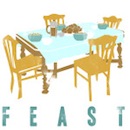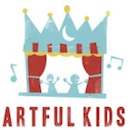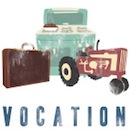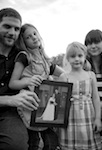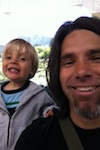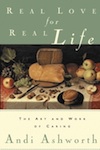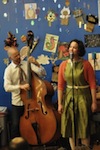 I took a photo after all, of the one thing of hers that I have asked for: her pencil cup, made of rolled magazine pages, pencils included. It came out blurry. Once I pulled the car up the drive and loaded my bags, she was ready for the customary parting hug on the front stoop. But I had one more task, to be completed indoors, so we returned to the kitchen.
I took a photo after all, of the one thing of hers that I have asked for: her pencil cup, made of rolled magazine pages, pencils included. It came out blurry. Once I pulled the car up the drive and loaded my bags, she was ready for the customary parting hug on the front stoop. But I had one more task, to be completed indoors, so we returned to the kitchen. I took a photo after all, of the one thing of hers that I have asked for: her pencil cup, made of rolled magazine pages, pencils included. It came out blurry. Once I pulled the car up the drive and loaded my bags, she was ready for the customary parting hug on the front stoop. But I had one more task, to be completed indoors, so we returned to the kitchen.
I took a photo after all, of the one thing of hers that I have asked for: her pencil cup, made of rolled magazine pages, pencils included. It came out blurry. Once I pulled the car up the drive and loaded my bags, she was ready for the customary parting hug on the front stoop. But I had one more task, to be completed indoors, so we returned to the kitchen.



